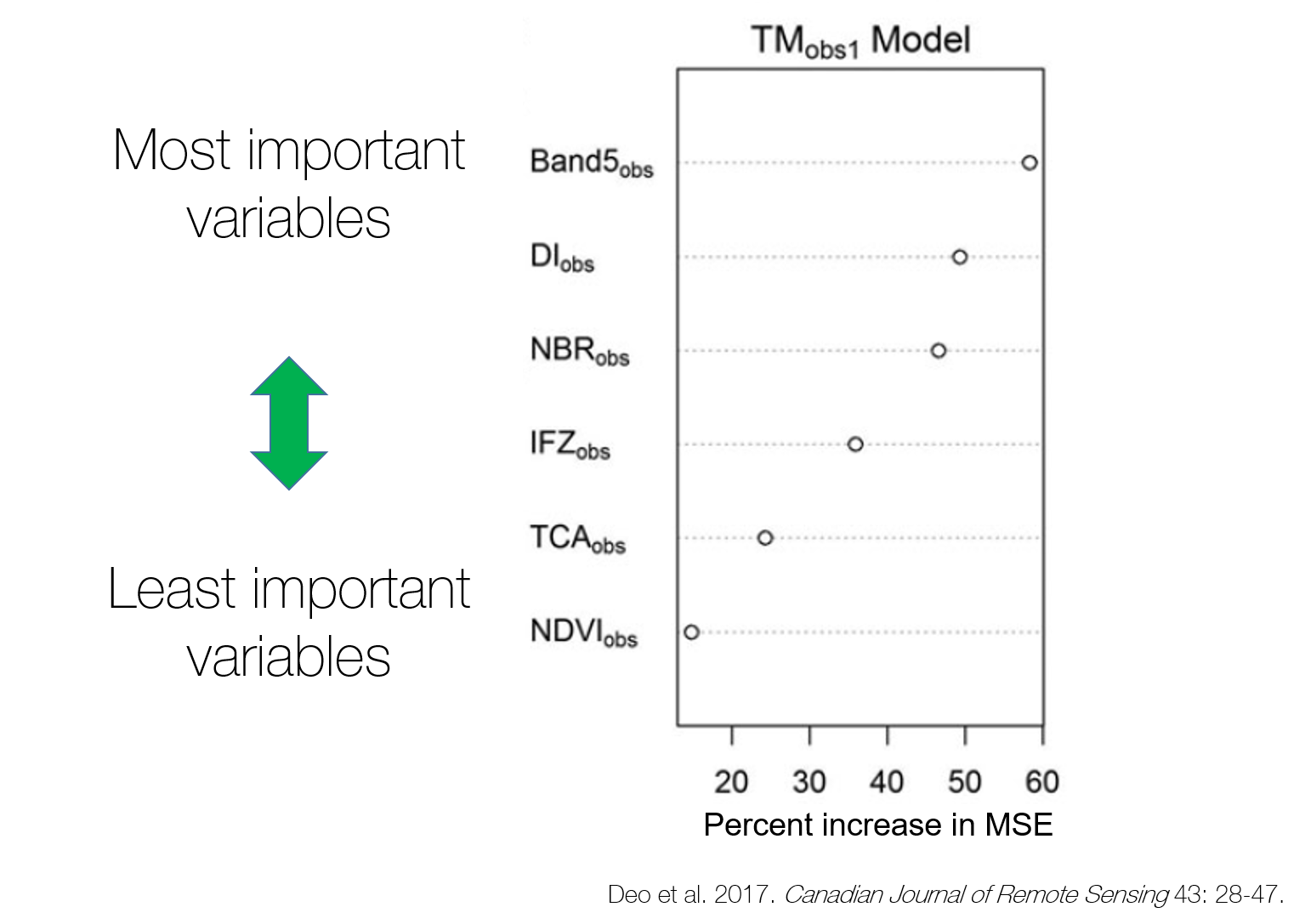
R-devel: rfPermute_2.5.1.zip, r-release: rfPermute_2.5.1.zip, r-oldrel: rfPermute_2.5.1.zip Bagging meta-estimator ¶ In ensemble algorithms, bagging methods form a class of algorithms which build several instances of a black-box estimator on random subsets of the original training set and then aggregate their individual predictions to form a final prediction. Provides summary and visualization functions for 'randomForest'Ībind (≥ 1.4), dplyr (≥ 1.0), ggplot2 (≥ 3.3), grDevices, gridExtra, magrittr (≥ 2.0), methods, parallel, randomForest (≥ 4.6), rlang, scales, stats, swfscMisc (≥ 1.5), tibble (≥ 1 You could get the importance values and run base barplot or ggplot geomcol on them. Each Decision Tree is a set of internal nodes and leaves. Let’s look at how the Random Forest is constructed. Metrics for each predictor variable and p-value of This quantity the Gini importance I G finally indicates how often a particular feature was selected for a split, and how large its overall discriminative value was for the classification problem under study. The Random Forest algorithm has built-in feature importance which can be computed in two ways: Gini importance (or mean decrease impurity), which is computed from the Random Forest structure.

RfPermute: Estimate Permutation p-Values for Random Forest ImportanceĮstimate significance of importance metricsįor a Random Forest model by permuting the response However, the random forest model lacks prior monitoring information. The sklearn.ensemble module includes two averaging algorithms based on randomized decision trees: the RandomForest algorithm and the Extra-Trees method.Both algorithms are perturb-and-combine techniques B1998 specifically designed for trees.


 0 kommentar(er)
0 kommentar(er)
